Motorola Droid X2 Review - A Droid X with Tegra 2
by Brian Klug on July 7, 2011 8:31 AM ESTMotoblur by any other name...
When I reviewed the original X, it was on Android 2.1. At that time, most of my criticisms centered around the fact that 2.2 was out, and that the device already felt subjectively behind because everything around it was on 2.2, including even the original Droid.
It’s sort of frustrating that we’re repeating essentially the same scenario but bumped up one version of Android. This time, the X2 is launching running 2.2.2 in a world where 2.3 is king. Ironically, this time around, the original X is running 2.3.3 at the same time.
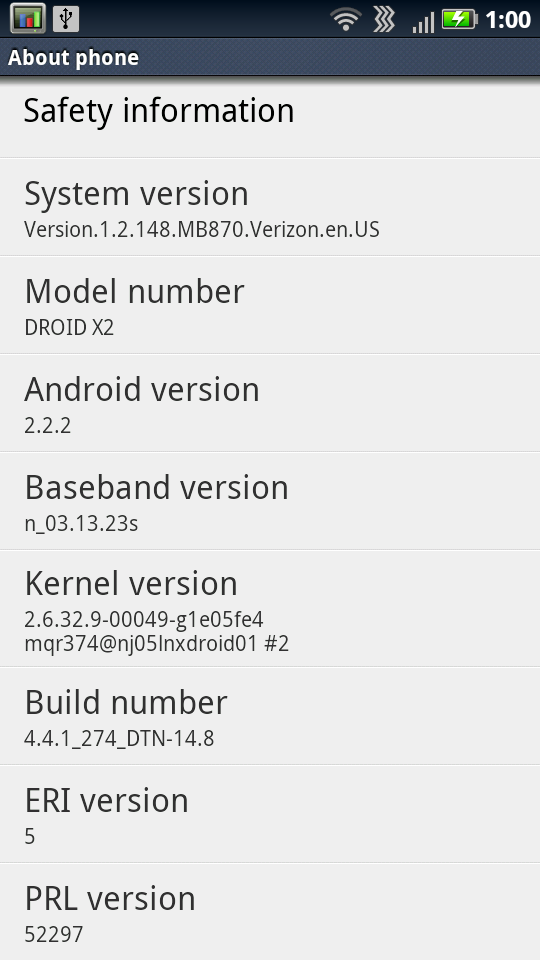
The other thing that’s changed is that while Motoblur is still around, it isn’t called Motoblur. Head over to Motorola’s specifications page for the X2, and you’ll find no references to anything called Motoblur, which used to have its own section for the X. It’s all semantics, however, because Motoblur is still present on the X2.
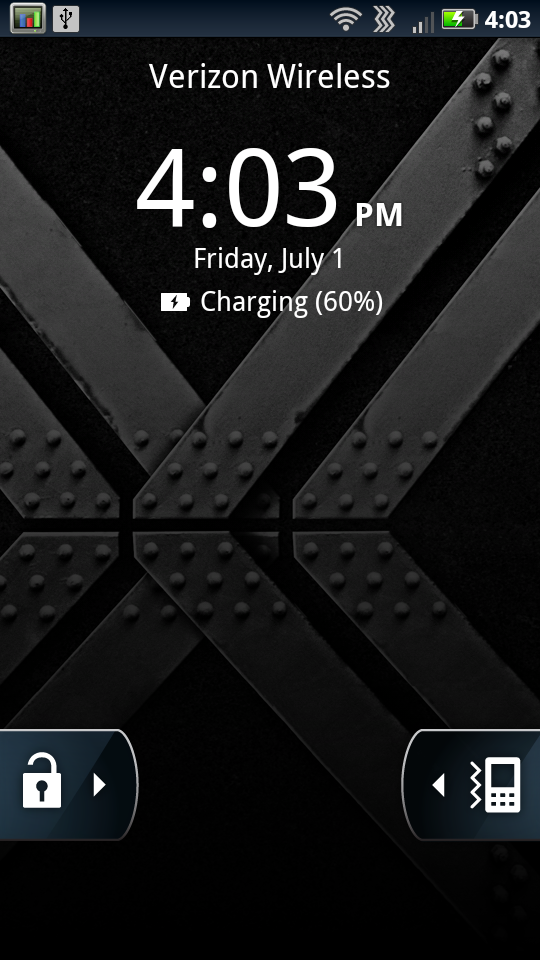

That said, I’m finding Motoblur a lot less annoying this time around. First off, the color scheme has changed to a much darker blue theme. Previously, everything was black on white. Now things are white on black. This same theme has made its way onto the X as well, so if you’re already familiar with how things look and feel there, you can probably skip all of this.
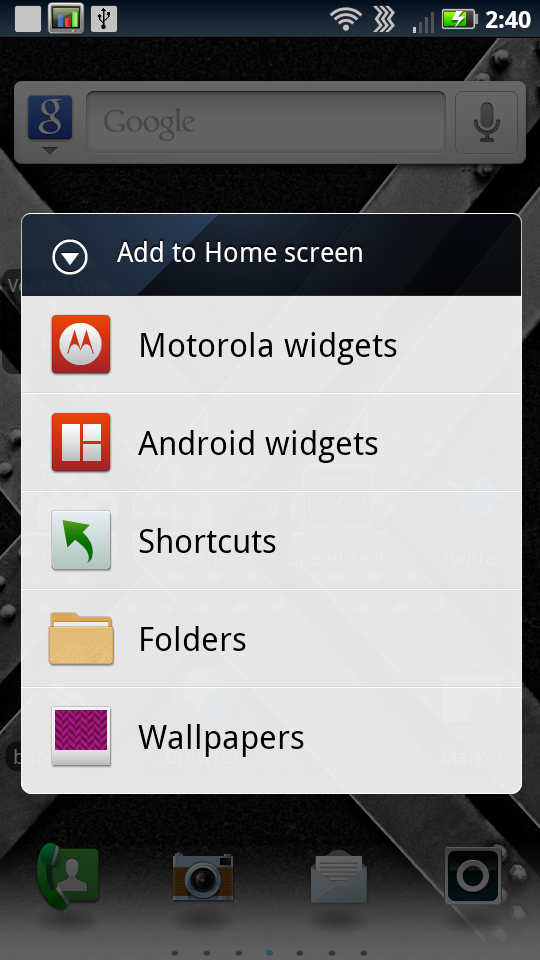
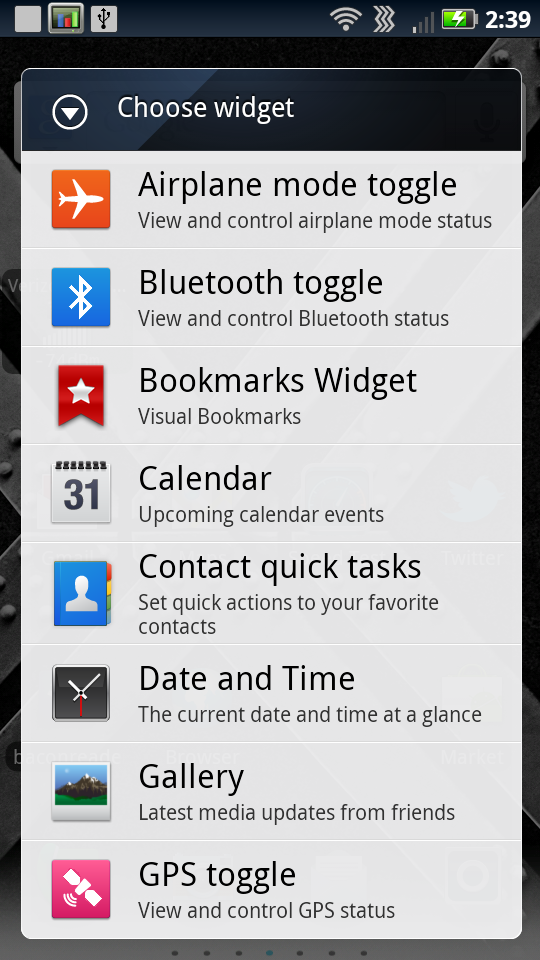
Motoblur essentially consists of a combination of UI skin, multitouch keyboard, special widgets, a different launcher and application switcher, and optionally some account management. For the most part, the first three are acceptable, the fourth decent, and the last one something to avoid.
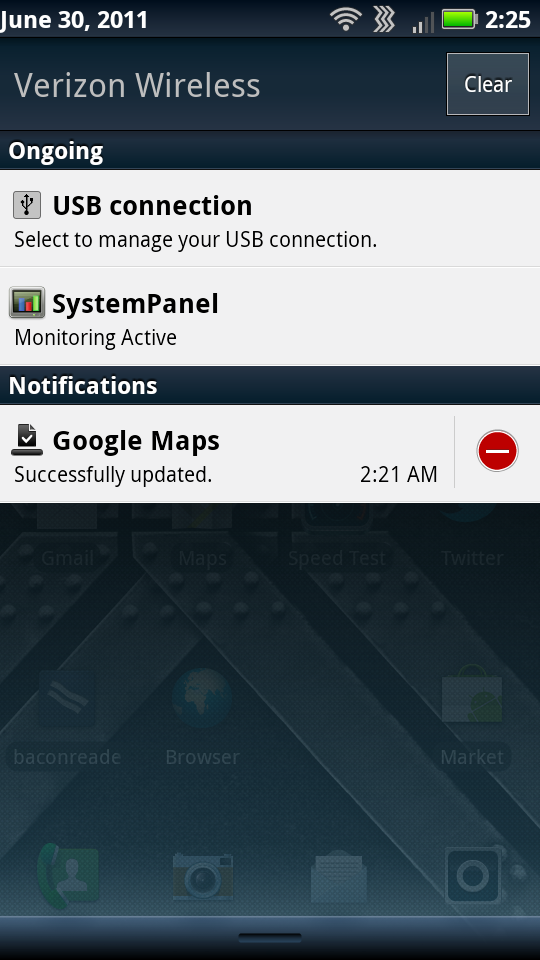
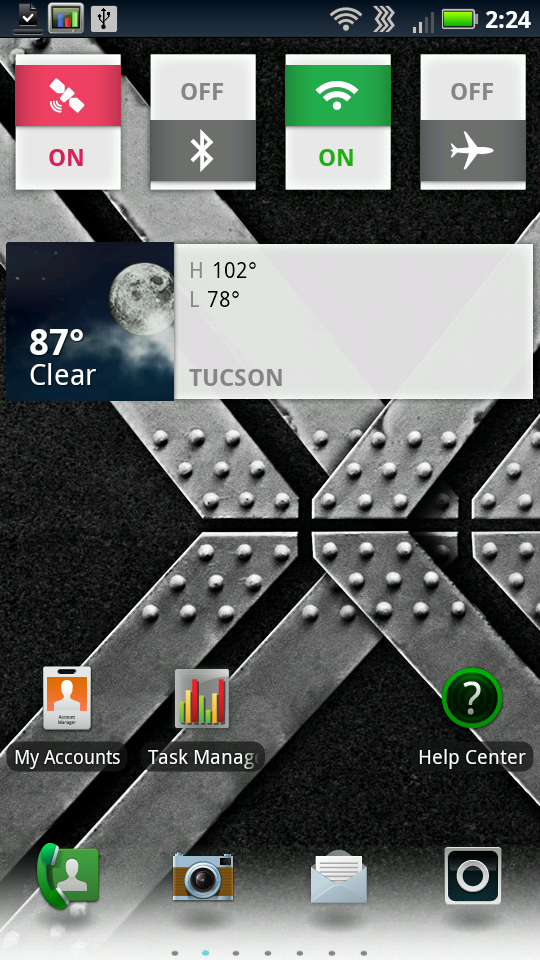
I stated that things are more blue now, which is definitely the case. The status bar up at the top is blue and has white iconography. Likewise, drag the shade down and you’ll see lots of blue everywhere. I can live with this, especially considering some of the other atrocious color choices I’ve seen UI skinners make (both handset OEMs and enthusiasts alike).
Likewise, under this UI menus and dialogs get a blue/grey makeover. Motorola also still includes its own multitouch keyboard, which was a welcome breath of fresh air back when it was included on 2.1. Since then, Google has made its own multitouch keyboard in 2.3, but Motorola’s still is impressive and gets the job done. I sound like a broken record but yet again if you’ve gotten used to the keyboard on the X, there’s no re-learning necessary on the X2. Motorola even keeps the buttons the same size despite the X2’s higher PPI display - a subtle but much appreciated thing.
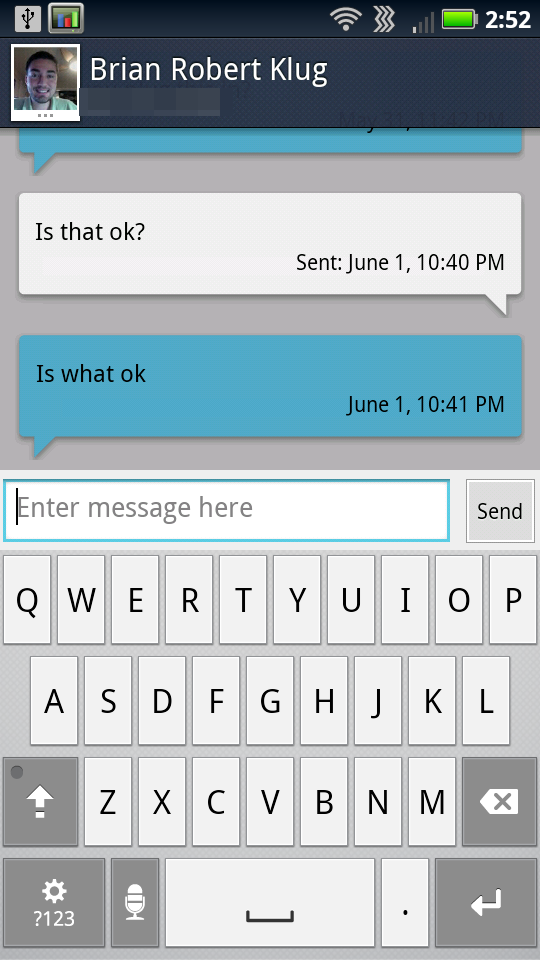

Motoblur widgets haven’t changed since I last saw them, they’re still stylized and overtly colorful, if sometimes a bit garish. Like we discussed in the X review, you can resize most of them by long pressing and then dragging the corners. Not everything always re-sizes vertically and horizontally, but usually you can experiment and make things fit accordingly. The default widget layout on each homescreen actually is just how I remember it being on the other X as well.


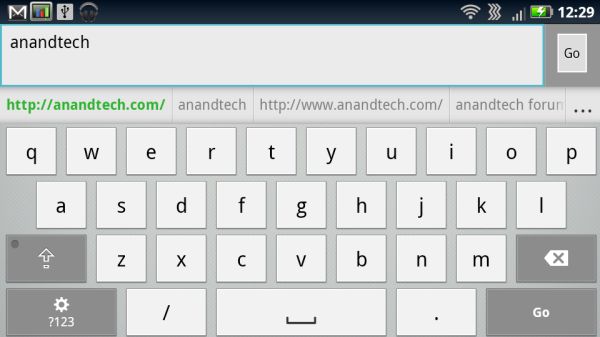








72 Comments
View All Comments
Hrel - Thursday, July 7, 2011 - link
I'd like to see them add an attachable/detachable slide out keyboard. Then they could also add a gamepad for actual hand held gaming. And they'd get to make money selling more accesories. It's a win for everyone! The thing is so thin as it is it can stand to gain some thickness without being an issue AT ALL.snoozemode - Thursday, July 7, 2011 - link
what do you mean, u cant see the grainy pattern in blue color? i see it just as good as in green, download the engadget app and put the icon on the homescreen, tons of black spots in it where the white subpixels have closed. RGBW sucks, period.bjacobson - Thursday, July 7, 2011 - link
all these high powered phones but scrolling up and down with your finger on a webpage is still laggy as hell. ???bplewis24 - Friday, July 8, 2011 - link
They're displaying flash images...what do you expect?JayQ330 - Thursday, September 1, 2011 - link
you have to download a gpu rendering browser, its the reason the iphone & samsung galaxy s2 & even the s are able to scroll & zoom in & out so smooth, when you see checker board effect you know its gpu rendered where as the regular android browsers are constantly resizing & adjusting words & images in realtime. they should take a hint from samsungs browser.NeoteriX - Thursday, July 7, 2011 - link
If I was looking on my HTC Evo 3D, what text would I be searching for in the dmesg output to identify the camera initialization line?Brian Klug - Thursday, July 7, 2011 - link
Things like this:<4>[ 14.364959] __s5k3h1gx_probe
<6>[ 14.365051] s5k3h1gx_vreg_enable camera vreg on
<6>[ 14.365173] sensor_vreg_on camera vreg on
<6>[ 14.365722] sensor_power_enable("gp4", 2850) == 0
<6>[ 14.366180] sensor_power_enable("gp6", 2850) == 0
...
<6>[ 14.463897] s5k3h1gx_probe successed! rc = 0
<6>[ 14.464141] ov8810 s->node 1
<6>[ 14.464324] s5k3h1gx: s5k3h1gx_sensor_probe: switch clk
<6>[ 14.464416] Doing clk switch (s5k3h1gx)
<6>[ 14.484527] [Camera] gpio_request(30, "s5k3h1gx")
Note the part with OV8810 which is an omnivision 8 MP 1/3.2" sensor. Possibly the Sensation uses some parts Samsung, some parts OV.
YoPete525 - Thursday, July 7, 2011 - link
Great review as always, but I still find it ironic how far software optimization has to come on Android in general. I realize the X2 is rendering 26%(?) more pixels, but for every time it appears to process actions more quickly than the X, there is an example of it falling behind, like when pulling up the menu with the hardware button, and loading Basemark from the app drawer. Also, if you were to load up one of the more scrolling-conscientious launchers from the market, like LauncherPro or Go Launcher, the homescreens would scroll essentially at the device's refresh rate without stutter. Same story with Opera Mobile vs. the stock browser.NeoteriX - Thursday, July 7, 2011 - link
As I thought when I first looked at the dsmeg output; looks like it's no dice -- where the sensor ID should be is only "sp3d":<6>[73834.064016] [CAM]sp3d_vreg_enable camera vreg on
<6>[73834.064139] [Camera]Shooter_sp3d_vreg_on
...
<6>[73837.130660] [CAM]sp3d_spi_open_init: 1697
<6>[73837.130691] [CAM]sp3d_vreg_enable camera vreg on
<6>[73837.130691] [Camera]Shooter_sp3d_vreg_on
<6>[73837.132155] [CAM]sp3d: sp3d_sensor_probe: switch clk
<6>[73837.163436] [CAM]sp3d_sensor_setting type:0 config:0
Thoughts?
BTW, for what it's worth, the HTC Evo 4G uses the OV8810 omnivision for its camera:
<6>[690609.827789] [CAM]ov8810_resume
wpwoodjr - Thursday, July 7, 2011 - link
The effective available RAM memory on the DX2 is about 70-80mb less than the DX, you can see this by looking at Settings...Applications...Running Services and adding up the used and free memory. I was all set to buy a DX2 until I saw this. Even in the store I could easily make the Moto launcher close and be forced to redraw with only a few programs open. My DX already runs out of memory, I didn't want more problems. Perhaps this memory is taken up by the graphics card?It would be great if you added some multi-tasking tests to your reviews that would stress memory.